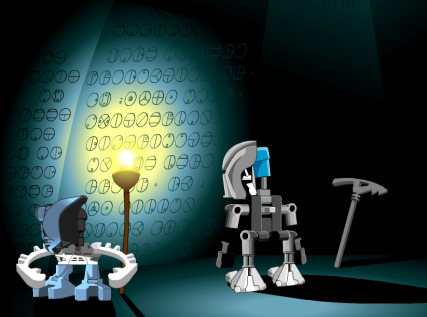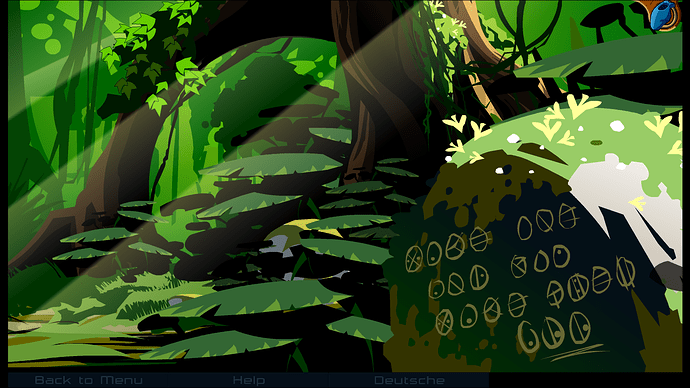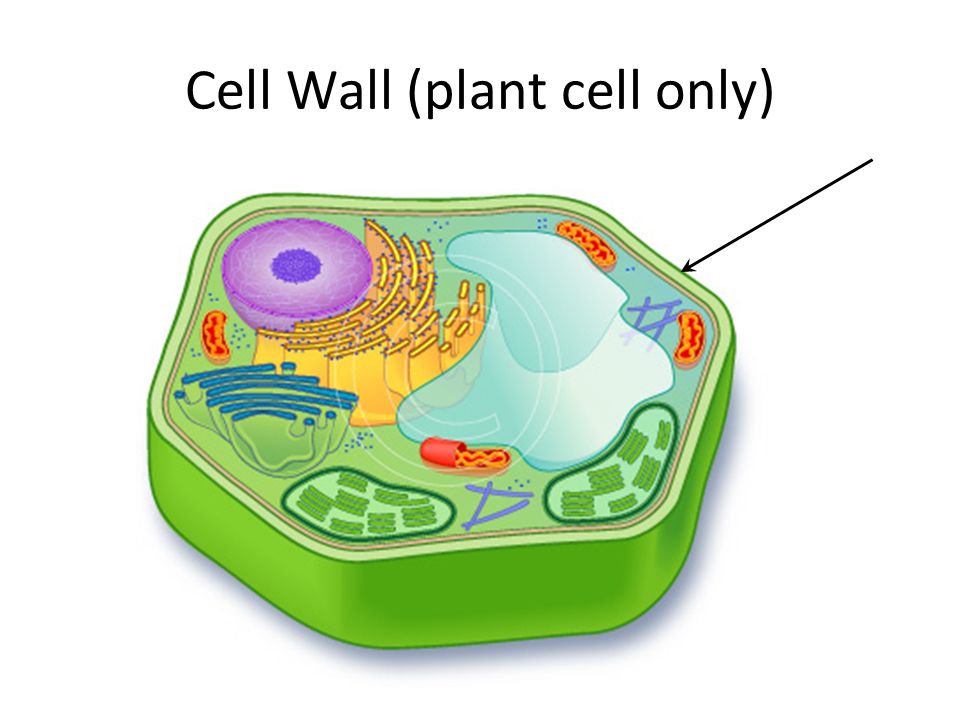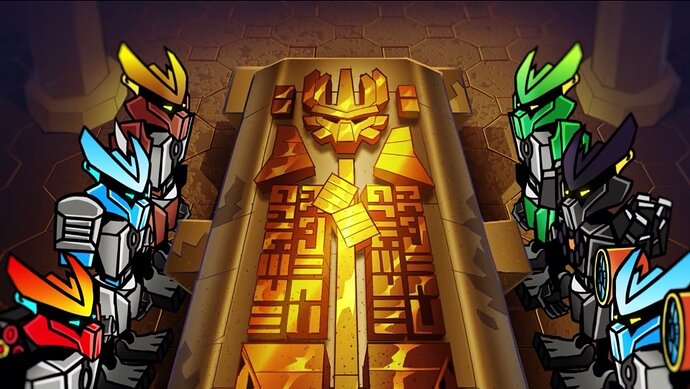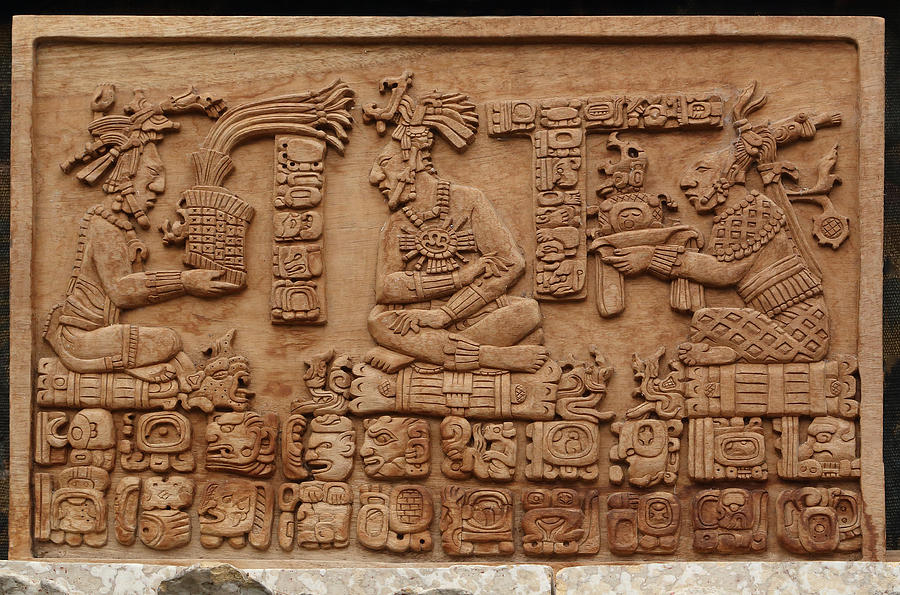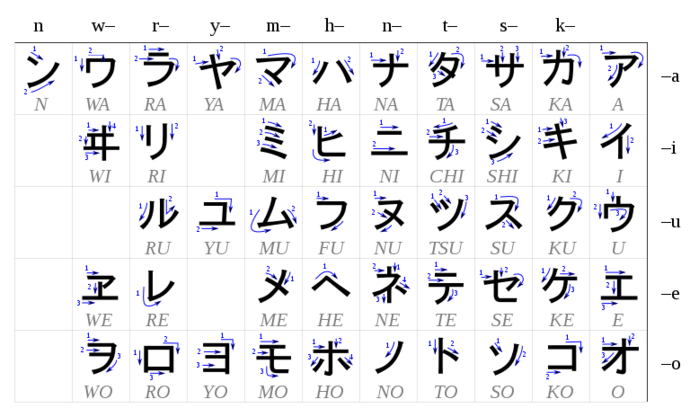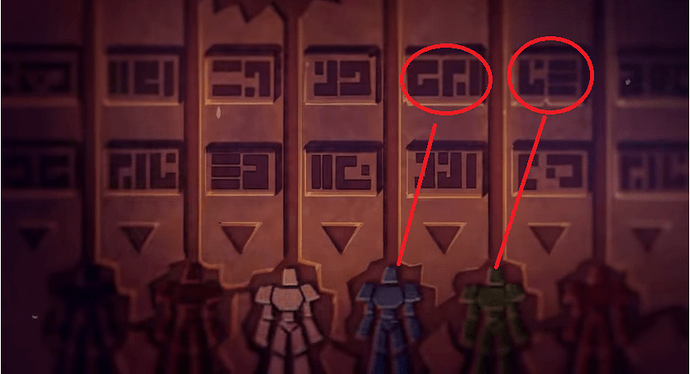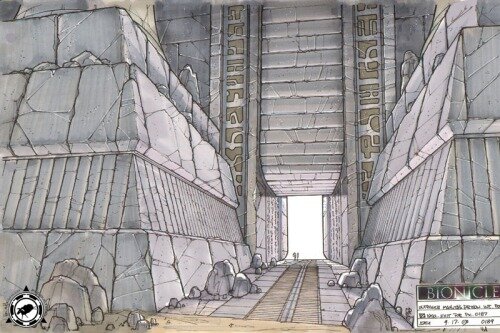TL;DR; Not making everyone speak different languages. Just trying to expand and diversify culture of the different regions.
While everything is in English (for obvious reasons), I thought it would be cool if the different regions had dialects or took words from various languages.
The Main Regions
Overall: Maori
Since it was such a large influence in G1, I figured Maori would be the equivalent to Latin for G3; the root language from long ago before it branched into various languages. In all the regions, naming conventions still hold Maori roots.
Mangaia; None.
Mangaia doesn’t really have any accents, nor dip into a secondary language. Just good ol’ English Matoran
Naho: Maori
Naho still holds on to Maori moreso than others; social and religious events often recite Maori. However, it is more commonly used by Arbiters and higher ranked matoran than by the majority of the population.
Ihu: Icelandic
It was initially pitched that Ihu had Nordic-like culture, so why not have Icelandic influence? (And I mean, it has ice in the name…)
Icelandic is Ihu’s secondary language, and sometimes Icelandic words will slip in with Matoran. Some people may have an accent, though it is more common with working class matoran. Also is used in naming locations; however, Maori is still used with people names.
Tiro: Maori/Native American
Tiro doesn’t use Maori as much as Naho, but it still has some presence in society. However, over many generations, it has been slowly morphing into something akin to Navajo. But really, either languages are mainly only used for rituals and occasional naming conventions.
Motara; None
Motara doesn’t have it’s own language per say, however various accents have developed within its residents. It can range from urban dialect to Middle Eastern to even Australian.
Kanae; Greek/Korean/Treespeak
Kanae is split in terms of languages. Greek is an upper class language, used for naming conventions and very occasional dialogue. However, residents of the lower class have somehow developed a tongue leaning towards oriental. Korean is very commonly spoke by residents, and acts almost as a secondary language. Accents are common. However amongst both Kanae languages, the treespeak syntax is present; this consists of combining words together in a simple short phrase to convey ideas quickly/passionately.
##Others
This one might be a little more controversial…?
Karazahni, Tren Krom, other Lovecraftian horrors, etc; Enochian
For our Lovecraftian based characters, I wanted them to have their own language; however, I didn’t want to use R’leyian because it has a limited vocabulary and it’s not meant to be possible to speak it. Give the voice actors a break man!
So, I tried a different route; Enochian. Enochian was a language developed by John Dee in the 16th Century that was supposedly revealed to him by angels. I chose this since it has a larger vocabulary (I literally have a dictionary for it lol), it is speakable, and still has that idea of “above humanity”.
Now, Karzahni can still speak Matoran/English, but often he will use Enochian. After seeing and studying what lies beyond their world with his mask, he believe the Matoran language is beneath him, and tries to learn the language of the beings beyond him in hopes to communicate. (It annoys Makuta to no end, as Karzahni just seems to be rambling nonsense.)
Elisia; Maori/Enochian
Since Karzahni created them, it would make sense that he would introduce Enochian. However, being made from Ekimu’s design, Matoran has become a primary language as well. The lightning matoran don’t speak Enochian completely, but it has some presence in their culture. Voriki can read it and understand it being spoke, but cannot really speak it herself.
Just throwing stuff at the wall 
-DarkMaestro
 )
)